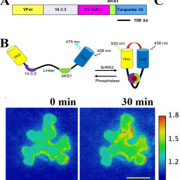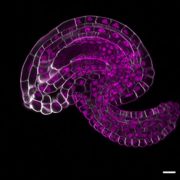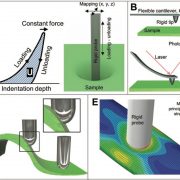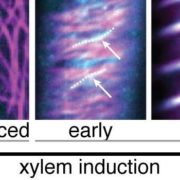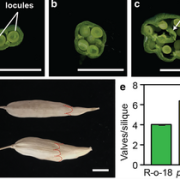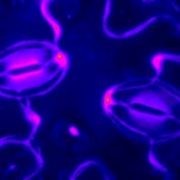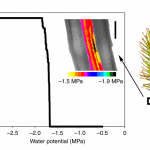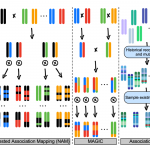How far does stomatal activator and inhibitor signaling work in the plant epidermis? (bioRxiv)
Stomata are the pores on the plant surface surrounded by a pair of guard cells that control gaseous exchange and water loss. Among the many genes involved in stomatal patterning and development, EPIDERMAL PATTERNING FACTOR 1 (EPF1) and STOMAGEN encode signaling peptides and acts as negative (inhibitor) and positive (activator) regulators of stomatal patterning respectively. However, how far these peptides function from their places of synthesis to regulate stomatal patterning is not known. In this paper, Zeng et al. used the Cre-lox system to induce genetic mosaics in which GFP and EPF1 or STOMAGEN were overexpressed in small sectors. They then examined how stomatal patterning changed both inside and outside the sector boundary using a novel computational pipeline (SPACE: Stomata Patterning AutoCorrelation on Edidermis) to determine how far these peptides function from their site of synthesis. The authors showed that the activator, STOMAGEN, acts across a short range (60 mm) compared to the inhibitor, EPF1, which acts across a long range (170 mm). In a nutshell, this paper advances our understanding of the range of activator-inhibitor signaling in stomatal development and also discusses the novel computational pipeline that can be extended to the study of various kinds of patterning mechanism. (Summary by Vijaya Batthula @Vijaya_Batthula). bioRxiv 10.1101/2020.04.29.069211


